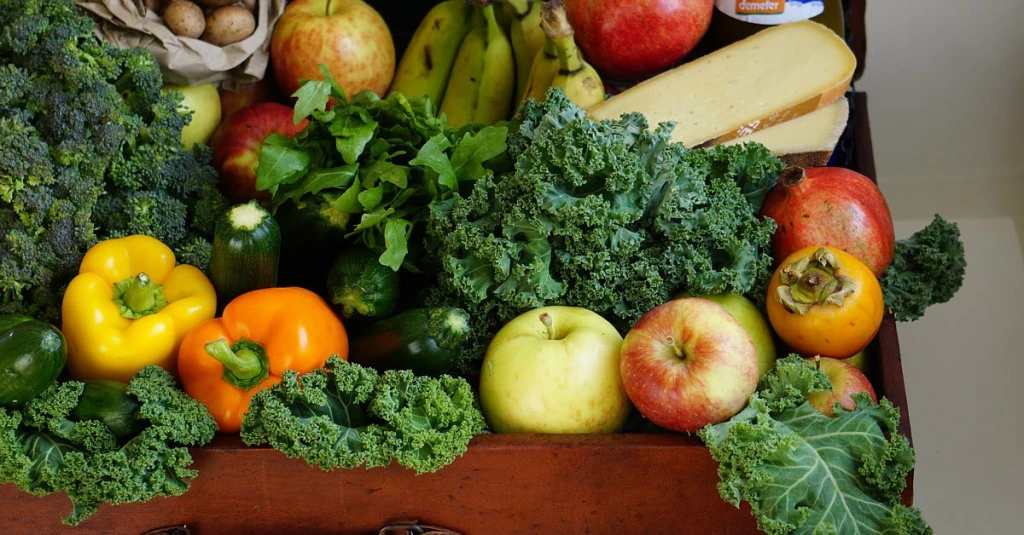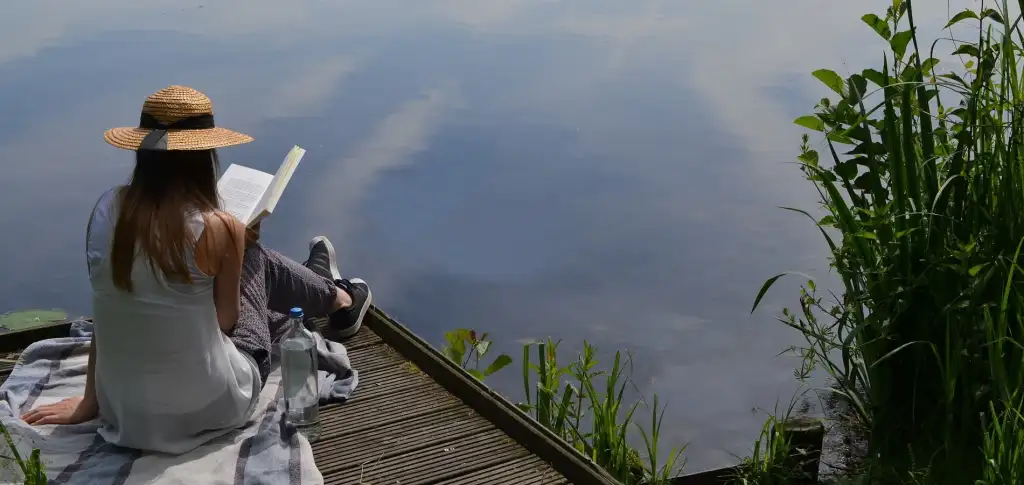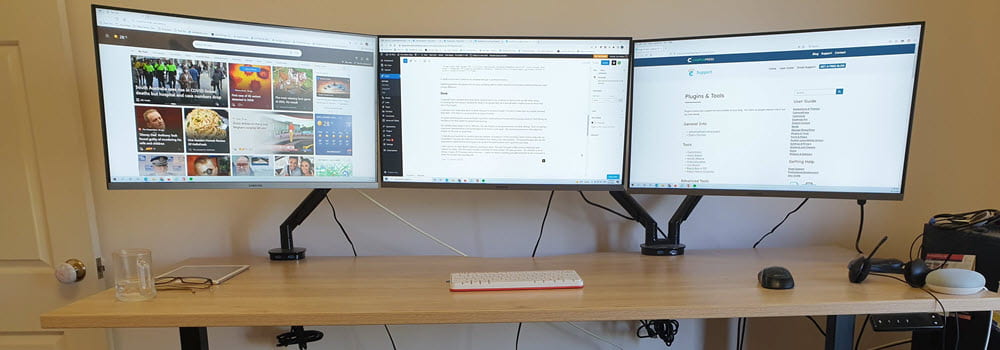I’m really enjoying reading blog posts written by Lina’s University students who are studying to be teachers. The students (in pairs) have to gain expertise in one innovative technology which they share with other students in a hour presentation and by documenting on the class wiki.
How they perceive the benefits/issues of each technology is not unlike most educators new to using technology in classrooms. Besides their Privacy and Security concerns; it seems some technologies they focus on it as an environment of consumption and fail to appreciate it’s importance for creation. No surprise, we’ve all done it. However creation normally provides the greatest learning. Do you learn more from reading a book or writing a reflection on what you learned from the book?
Video As A Resource Compared To Creating Video
Let me give you an example. Matt’s and Simon’s technology was YouTube, Teacher TV and KeepVid.
I know their presentation was excellent from reading Kate’s, Sarah’s, Lauren’s, Justin’s, Denise’s and Lina’s posts. While all these posts discussed locating videos to use in the classroom none highlighted the educational value of students creating and uploading their own videos. According to Lina’s comment Simon did speak about YouTube being a wonderful way to share videos with a more global audience.
Skills for creating movies include:
- Researching the topic
- Creating a story board, characters, props and sets
- Filming the video and editing the movie
During this process students gain a deep understanding of their topic, gain digital literacy skills and can share their projects with a global audience. Dean Groom‘s year 9 students working on a Shakespeare project to create 2 minute Machinima and Kevin’s student Claymation Movies on climate change are excellent examples of the benefits of student’s creating movies using different technologies but similar design principles.
‘How To’ Guides For Creating Videos
There are numerous resources available for educators on creating videos and digital story telling. Here is just a few to get you started.
Silvia Tolisano comprehensive series on digital storytelling:
- Part I – Connect, Communicate, Collaborate
- Part II – Available tools
- Part III – PhotoStory Guide
- Part IV – Windows MovieMaker
- Part V – Google Maps
- Part VI – Voicethreads
- Part VII – Mixbooks
- Part VIII – Audacity
- Part IX – Wordle
- Digital Storytelling – Downloadable PDF Files
Alan Levine’s 50+ Web 2.0 Ways To Tell a Story – his 50 Ways to Tell The Dominoe Story illustrates what the same story looks when told using different Web 2.0 tools (he is now up to 63 tools).
FINAL THOUGHTS
How have you used video with your students? What resources do you recommend educators check out to learn more about creating videos with their students? What are your favourite tools for creating videos?




Leave a comment